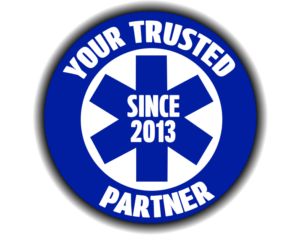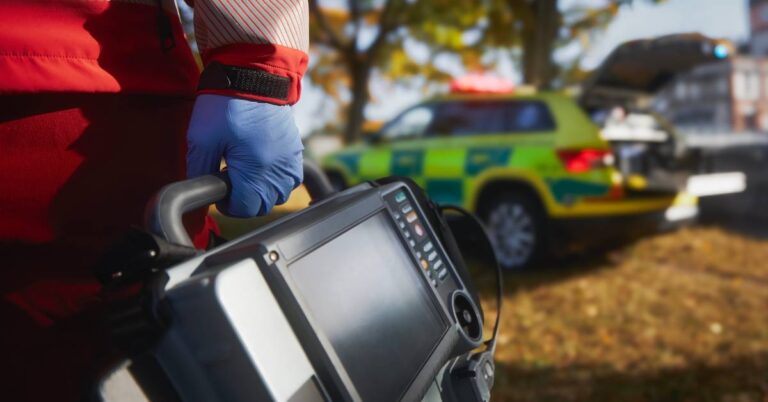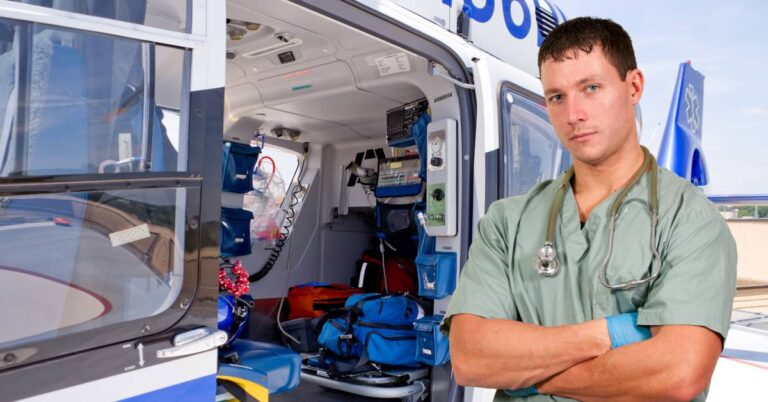
Common EMS Equipment and Tools
Equipping your EMT workers with all the equipment and tools they need while on the scene of an emergency is a crucial part of helping to save lives. The importance of having tools and equipment ready for each and every call cannot be understated.
At Coast Biomedical Equipment, we’re passionate about ensuring that your EMS team has all the tools and equipment necessary for all types of emergencies.
Here are some common tools and equipment used by EMS teams:
1. Oxygen Equipment
Oxygen equipment makes it possible to ensure that patients continue to breathe during a medical emergency. Common oxygen equipment includes masks, cylinders, regulators, and hoses.
2. Stretchers and Immobilization Tools
A stretcher is an important tool that allows EMT workers to load and safely transport patients to the hospital. Immobilization tools, including neck braces, prevent the patient from moving a part of their body that should not be moved following a serious injury.
3. Medical Instruments
Medical instruments include, but are not limited to: stethoscope, sphygmomanometer, thermometer, tweezers, and magnifiers. These instruments allow EMTs to evaluate patients as soon as they arrive on the scene.
4. Infection Control Equipment
Infection control equipment ranges from protective face masks and latex gloves to alcohol pads and antimicrobial hand wipes. These tools demonstrate the importance of limiting the spread of infection as much as possible.
5. Airway Tools
If a patient’s airway is blocked, EMS uses airway tools to remove the blockage. Common tools include basic and advanced airway adjuncts, which allow EMT workers to use suction to clear the patient’s airway.
6. Wound Care Tools
Bandages and splints are common tools within the EMS field. Splints make it possible to mobilize the injured area. Bandages protect the wound. EMTs will also carry pads, medical tape, and other wound care tools to address physical injuries.
There are so many other tools and equipment that EMS teams are prepared to use daily, including emergency medications, defibrillators, and infusion pumps. All of these tools and pieces of equipment make it easier for EMTs to best handle the emergency at hand.




